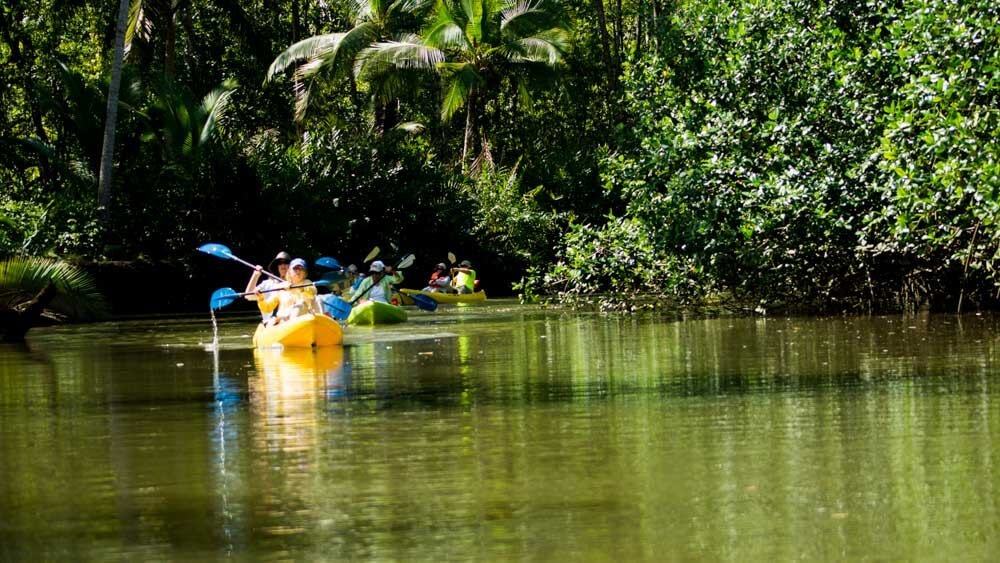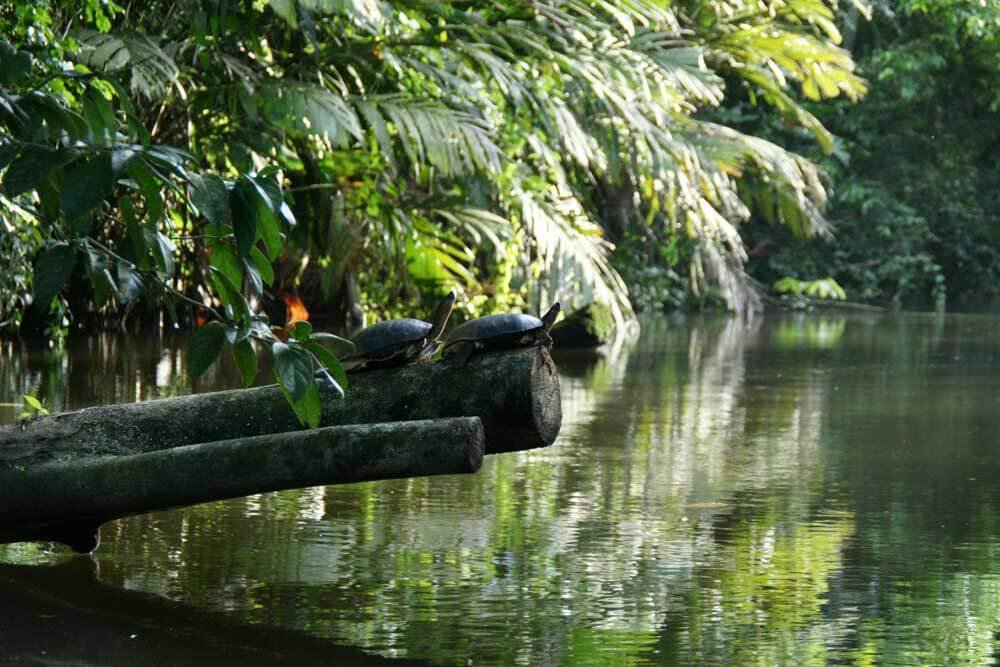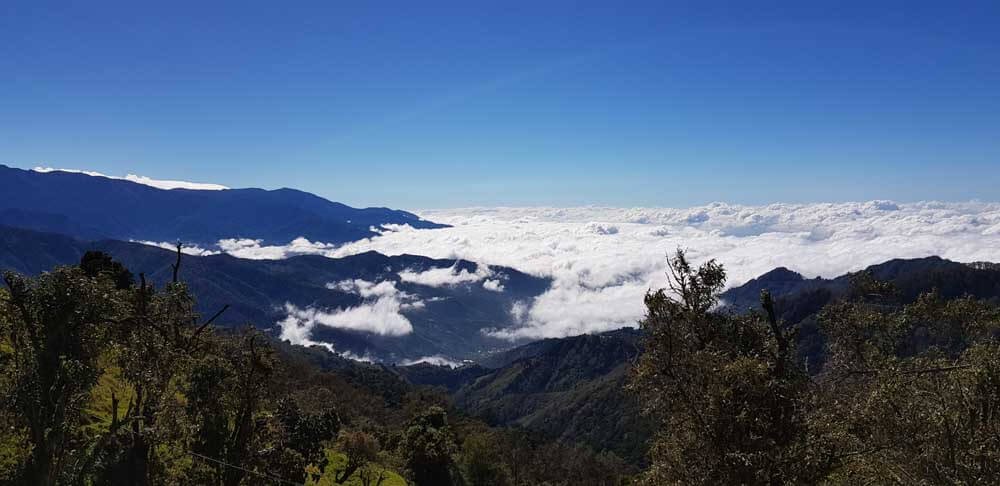
WHY
COSTA RICA
EXPLORE BEYOND
WHAT MAKES COSTA RICA UNIQUE
Costa Rica is considered the most biologically intense place on earth, it only represents the 0.03% of the planet’s surface and encloses the 4% of the world’s biodiversity.
Land of Peace: Costa Rica is one of the safest and peaceful counties in the world.
The country abolished the army in 1949 and allocates the army ‘s funds on education.
It is proud to have some of the most stable political systems
and a high social development.
With an impressively literacy rate of 97.8%, Costa Rica boasts the most advance and highest quality education system in region.
Costa Rica has been ranked in the top of the happiest countries in the world in 2009, 2012 and 2016 by the Happy Planet Index.
Costa Rica is home of one of the five Blue Zones in the world, specific places where people live longer and healthier than no other people anywhere else. Nicoya Peninsula are among the most long-lived people in the world.
Leader of environmental protection. Nearly 25% of the territory is under protection, such as National Parks, Biological Reserves and Wildlife Refuges.
Costa Rica is home of one of the most important places in the world for protection of the green turtles. Tortuguero is considered as a “Little Amazon” with the ideal conditions for the nesting process of the green turtles. This special destination makes efforts to protect endangered sea turtles to ensure their survival, recording vital data to tracking them along their life.
Cocos Island a natural hidden treasure, designated a World Heritage Site by UNESCO in 1997. The dreamy destination by scuba divers for its population of hammerhead sharks, dolphins, turtles and abundant breathtaking marine life. The richness of its waters is due to the vastness of its coral reefs including 30 different coral species.
Costa Rica is part of the Pacific Ring of Fire and is home of over 200 volcanic centers, most of them are extinct, among the most impressive active volcanoes we can mention Rincon de la Vieja, Turrialba, Arenal, Poas and Irazu Volcano.
The Osa Peninsula is home of the 2.5% of the world’s biodiversity, including the most significant wetland ecosystem and the largest scarlet macaws in the whole Central America.
Marino Ballena National Park encloses the largest coral reef on the Pacific Coast of Central America and the most biologically diverse marine habitats in Costa Rica. During low tide, the rock reef appears forming a perfect whale tail shape, impressing visitors because it is the most important place to watch the humpback whale in the country.
Pacuare River is considered by the experts on the top of the 5 nicest rivers to practice rafting in the world.
Costa Rica is home of 110 species of bats, making this country one of the greatest diversity sites of bats in the world.
Created around the year 600 a.c, the Costa Rican Stone Spheres attributed to the extinct Diquís culture are including in the World Heritage Sites by the UNESCO in 2014. The stone balls are considered a great unsolved archaeological mystery because they were sculpted by human hands where manual tools have not been developed.













